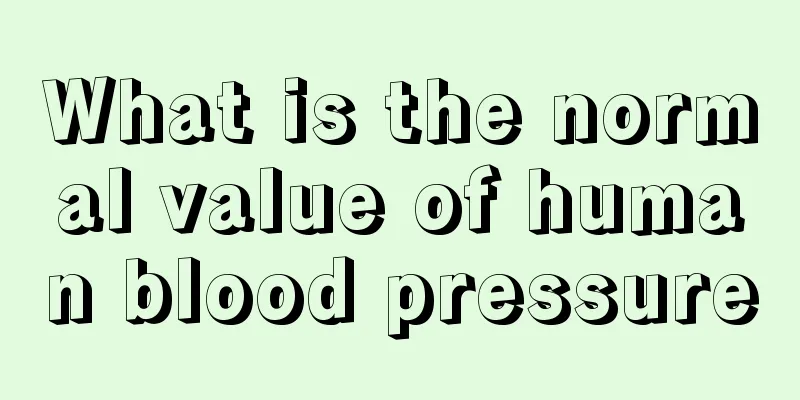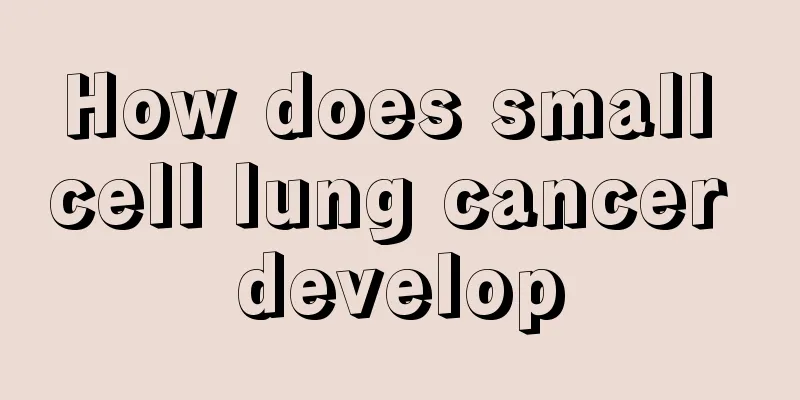What is the normal value of human blood pressure

|
Nowadays, diseases such as hypertension have become a disease that people often hear about, especially in the elderly. The probability of occurrence is getting higher and higher. As children of the elderly, what you should know most is the normal value of human blood pressure, so as to help the elderly detect the level of blood pressure and take good care of them. So what should we do to be correct? Blood pressure definition Blood pressure refers to the lateral pressure of blood in blood vessels on the blood vessel wall per unit area, that is, pressure. Since blood vessels are divided into arteries, capillaries and veins, there are arterial blood pressure, capillary pressure and venous blood pressure. The blood pressure usually referred to is arterial blood pressure. When blood vessels dilate, blood pressure drops; when blood vessels constrict, blood pressure rises. Systolic and diastolic blood pressure Blood pressure is the pressure exerted on the blood vessel walls when blood flows in the blood vessels. It is the driving force that pushes blood to flow in the blood vessels. When the ventricles contract, blood flows from the ventricles into the arteries. At this time, the pressure of the blood on the arteries is the highest, which is called systolic pressure. The ventricles relax, the elasticity of the arteries shrinks, and the blood continues to flow forward slowly, but the blood pressure drops. The pressure at this time is called diastolic pressure. In other words, the blood pressure formed when the heart pumps blood is the systolic pressure, also called high pressure. Diastolic pressure, also called low pressure, is produced when blood flows back to the heart. Daily fluctuations in blood pressure The level of blood pressure is not only closely related to heart function, vascular resistance and blood volume, but also affected by nerves, body fluids and other factors. Blood pressure values will vary with age, season, climate and occupation. Exercise, eating, mood changes, bowel movements, etc. will all lead to increased blood pressure, while rest and sleep will lower blood pressure. In general, the daily blood pressure fluctuation of normal people is within the range of 2.7-4.0 kPa (20-30 mmHg). Without the influence of antihypertensive drugs, sleep can cause blood pressure to drop by about 20% (more obvious in women). The highest blood pressure point is generally between 9-10 a.m. and 4 p.m. to 8 p.m., and the lowest blood pressure point is between 1 a.m. and 3 a.m. At this time, the sleep phase often falls in the B and 1v phases. Elderly patients with hypertension spend longer time at the highest and lowest blood pressure points, forming a plateau. Mental stimulation and emotional changes such as excitement and fear can often lead to a significant increase in systolic blood pressure. Exercise can also significantly increase systolic blood pressure, especially strenuous exercise, which often causes systolic blood pressure to rise to 24.0-26.7 kPa (180-200 mmHg). Blood pressure may drop after exercise stops. An increase in ambient temperature, such as taking a warm bath, can lower diastolic blood pressure, while a decrease in temperature, such as taking a cold bath in winter, can increase systolic blood pressure. People with high blood pressure should pay attention to their diet, as blood pressure increases as people age. The following are the average normal blood pressure reference values for Chinese people: Age Systolic blood pressure (male) Diastolic blood pressure (male) Systolic blood pressure (female) Diastolic blood pressure (female) 16-20 115 73 110 70 21-25 115 73 110 71 26-30 115 75 112 73 31-35 117 76 114 74 36-40 120 80 116 77 41-45 124 81 122 78 46-50 128 82 128 79 51-55 134 84 134 80 56-60 137 84 139 82 61-65 148 86 145 83 As children, it is imperative that we have some basic knowledge about blood pressure, so that we can help our elderly to monitor their blood pressure every day and understand their physical condition at any time. The table above has detailed the normal value of human blood pressure. I believe you will understand it after comparing it. |
<<: Types of blood circulation in the human body
>>: Specific method of foaming dried sea cucumber
Recommend
How much does it cost to treat brain cancer
How much does it cost to treat a brain tumor? I w...
What are the causes of red bumps on the tongue
Having red bumps on the tongue is quite painful f...
What causes the peeling of the glans?
Peeling of the glans is a symptom for men, and ma...
Aromatherapy that helps you sleep
In fact, there are many aromatherapy scents that ...
How can I wash off the mildew spots on clothes
People in the south will experience this kind of ...
Where are the nasolabial folds located?
The face is the place where wrinkles are most lik...
Why does uterine cancer cause fever
In the late stage of endometrial cancer, fever ca...
How to cure chicken skin
When chicken skin appears on the skin, it will be...
What are the causes of uterine cancer
The cause of uterine cancer is not very clear. Me...
What is spleen and stomach disharmony? It turns out there are these symptoms
To put it simply, inharmonious spleen and stomach...
Can dried chili peppers be put in the refrigerator?
The so-called dried chili peppers are chili peppe...
Symptoms of bone marrow disease
The symptoms of bone marrow disease mainly includ...
Which razor gives a clean shave?
Generally speaking, men need to shave regularly. ...
A family of three ate homemade wontons for a long time, and all of them were diagnosed with pancreatic cancer? The wife cried: I was wrong
Not long ago, I received a heartbreaking family -...
What are the chemotherapy drugs for liver cancer
In the past, the treatment of liver cancer was ma...









